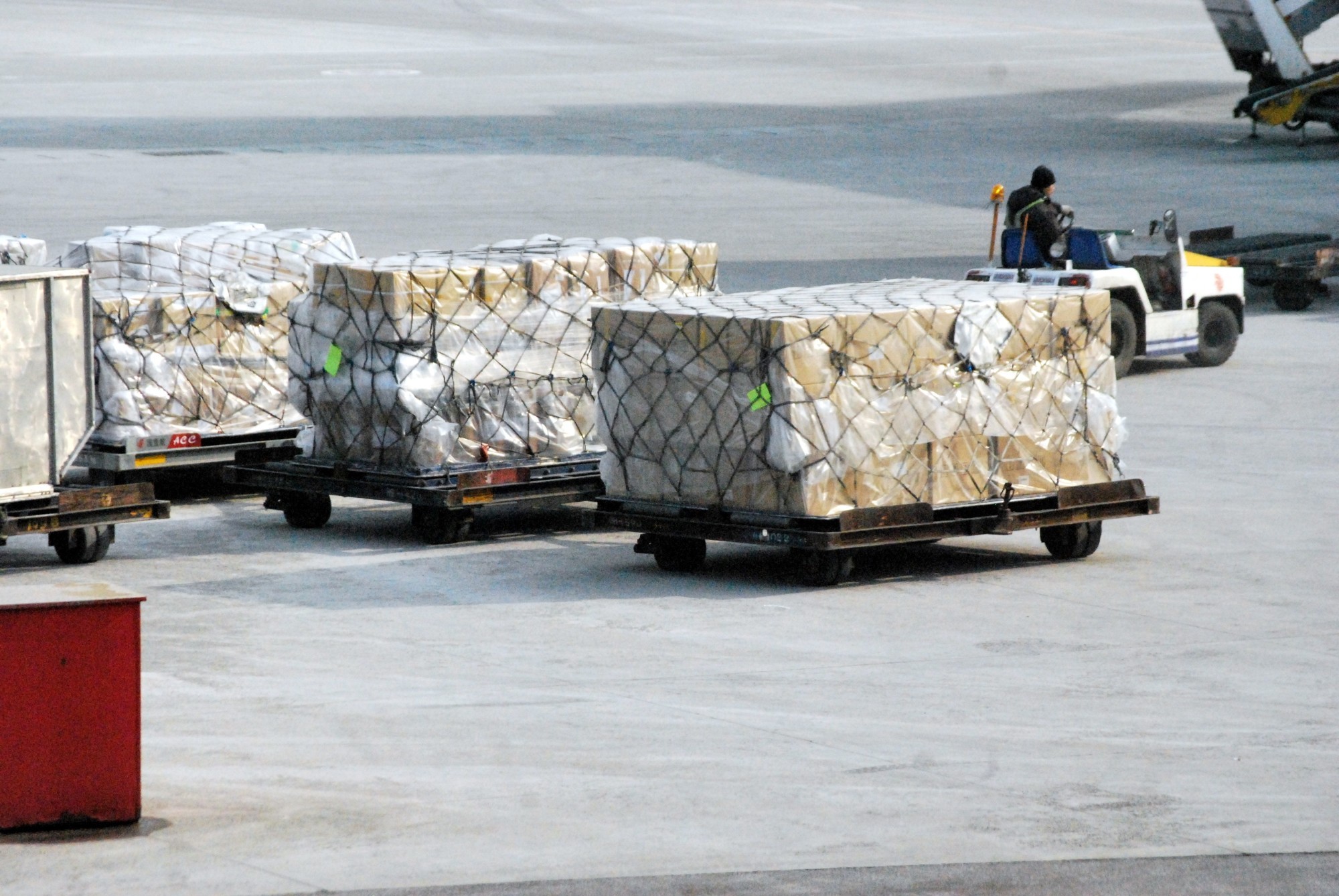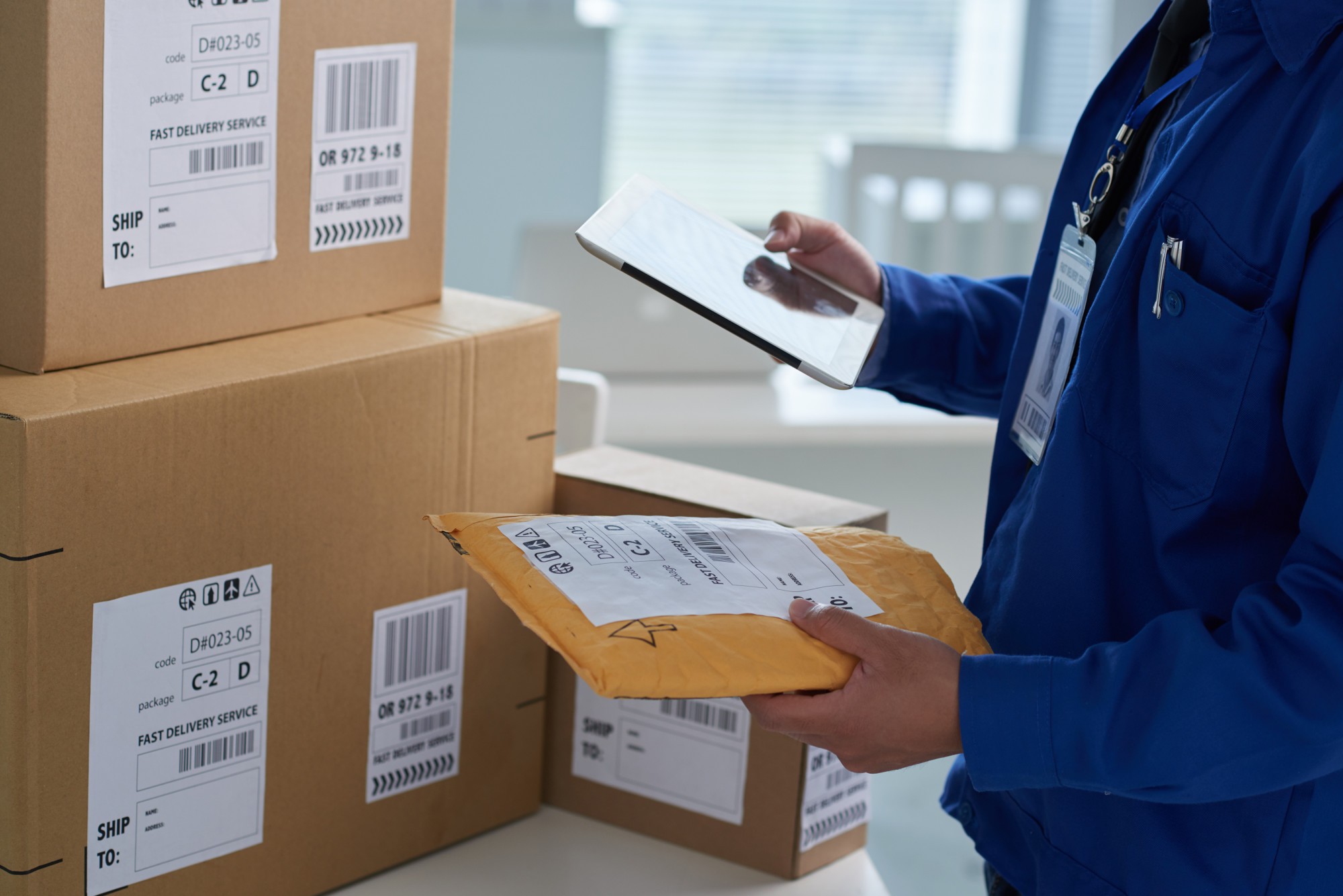Preparing Perfect Pallets: A Complete Guide to Pallet Shipping
You need to palletize most items you ship. Pallets offer goods the protection they need during shipment. They also make for ease of loading and storage at all stages of the logistics journey.
Palletizing lowers your freight costs since carriers can make the most of available space in their containers, and trucks. Distribution warehouses also prefer palletized goods. They make storage and picking easier.
Like everything else, there is a right way and a wrong way to do something. Read our guide to getting pallet shipping right, so that your goods reach their destination intact with the minimum of hassle.
What Is a Pallet?
A pallet is a flat structure on which freight is secured for shipping. It is usually made of wood, but can also be made of plastic, composite, or metal. It’s constructed with both a top and a bottom to allow the forks of a forklift to slide under it to lift and move it.
We recommend that you familiarize yourself with the types of pallets available and the standard terms used to identify its components.
While most pallets are made of wood, some industries, such as the fishing and frozen food industries, use plastic pallets for reasons of hygiene and ease of cleaning before re-use. Most wooden and other pallets are re-used until damaged, and then disposed of.
Pallet Sizes
The most common pallet dimensions used in the USA are 48 x 40 inches. This is the standard used by the Grocery Manufacturers Association, GMA, and one that the freight industry, in general, considers standard. The standard pallet height is 6 ½”, and a standard pallet usually weighs 37 pounds.
The first measurement given on a pallet is always the length of the stringer. So, 48” in this case.
There are other pallet sizes, also considered standard, the most common being 42″ x 42″ and 48″ x 48″.
Because many shippers have to take international freight into account, these sizes are recognized by ISO, the International Standards Organization. You can find a complete list of all standard pallets here, together with their equivalent metric dimensions.
It is always a good idea to ask your freight carrier well in advance what their usual or preferred pallet size is. Many pallet sizes are industry-specific to take the shape and size of various goods into consideration.
If you have a regular contract with a freight transporter, you might also have the option of entering into a pallet supply contract with them.
Pallet Weight
A standard GMA pallet can support as much as 4,600 pounds. If you are fulfilling an order for a specific client, be sure to ask whether they have particular requirements as to the total height and/or the total weight of a packed pallet.
This is often the case, particularly if the goods are going to be warehoused when they reach their destination. Other reasons for client-specific packaging requirements include the nature of the goods. If fragile, additional cushioning and protection might be a condition of delivery.
One example of pallet packaging requirements is that of UNICEF, who devote eight pages to the subject.
What Is the Difference Between a Pallet and a Skid?
A pallet has a top and bottom deck. A skid has a top deck only. While pallets are used for freight transportation, skids are usually used for storage.
If you have any doubt about whether a pallet or skid best serves your needs, seek the advice of Need it Now. Our experience in the US as well as in international freight will give you reliable answers to questions like this.
What Materials Do I Need to Prepare the Perfect Pallet?
Apart from the pallet itself, you will need various packaging materials.
Cardboard Boxes
Sturdy cardboard boxes—also called cartons in the trade—to pack different items in. The cartons should be sturdy and can either be new or re-used.
Foam or Foam Styrene
Foam is used as cushioning between cartons on the pallet.
Duct Tape
Use duct tape to seal the cardboard boxes.
Paper or Cardboard Liner
You should place a paper or cardboard liner between each layer of cardboard boxes to prevent friction in transit. You should line the bottom and the top of the load on the pallet.
Also, use cardboard corner and edge protectors to provide additional protection against impact shock during transit. These protectors increase stacking strength, and so provide the additional necessary protection of your products.
Strong Plastic or Rubber Pallet Bands
Use strong plastic bands, or industrial strength tape, to strap packages to the pallet.
Shrink Wrap or Stretch Wrap
Once you have assembled your load on the pallet, you need to use stretch wrap or shrink wrap to secure the whole load on the pallet. Your choice depends on the type of product you are palletizing as well as the preference of your freight carrier or client.
Shrink wrap using multiple layers to secure the load on the pallet: one layer is not enough.
Safe Stacking for Pallet Shipping
There are a few stacking guidelines that form part and parcel of preparing your pallets for shipment.
Heaviest at the Bottom
When stacking boxes on your pallet, remember to start with the sturdiest and heaviest at the bottom.
No Overhang
Don’t stack boxes so that they hang out over the perimeter of the pallet itself.
Overall Stacking Height
Don’t let your stack exceed 60 inches in height (or 5 feet) in total. This prevents you from overloading the pallet and ensures forklift operators can operate with a standard clearance that’s safe for your cargo.
Labeling
Clearly Labeling your pallet is one of the essential tips we can give you. Make sure your packing list is clearly displayed. Need it Now’s Courier Delivery Shipping Form shows you all the details you will need.
If shipping internationally, be sure to check what the Customs requirements to your delivery destination are with Need it Now.
How you proceed with labeling depends on the frequency and type of shipping you’re doing. Large export manufacturers will employ a very different approach compared with a small business making a once-a-month road shipment to a single customer.
All Wrapped Up and Ready To Go
Correct packaging for pallet shipping protects your products. It helps with faster, safer handling from start to finish, and your goods arrive in the same condition as they left you.
What’s more, with NIN, you can download the iOS or Android app to track your shipment every step of the way. Because we understand the need for speed and efficiency, we have set up a Get Quote page for you to get an instant courier quote. Give it a try!





